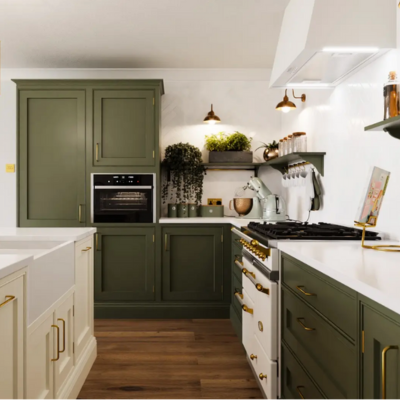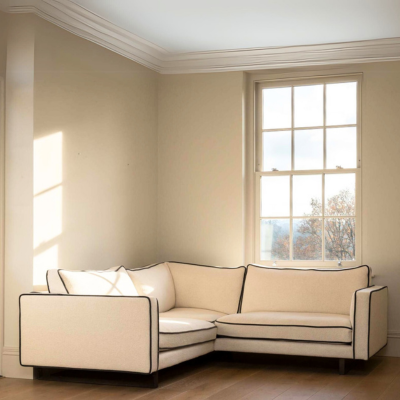If you’ve watched a home improvement programme, you’ll have likely seen professionals make tiling look easy. ‘I can do that!’ every DIYer shouts at their TV: all I need is some sealant, a trowel and spacers! But is it really that simple?
Tiling requires much more precision than you may have thought. First-time tilers must be careful not to wait too long before removing excess grout (or risk ruining their tiles). They must also remember to add spacers and remove them in time.
It’s a complex balancing act! But with the right instructions, you, too, can learn how to tile a kitchen wall!
What materials do I need?
To learn how to tile a kitchen wall, first, you need to source the right materials.
- Wall tiles
- Multipurpose cloths
- Pre-mixed grout
- Anti-mould sanitary sealant
- Ready-mixed tile adhesives
- Filler
- Tile spacers
- Tile trim (as and when required)
What tools do I need?
Next, tools! Tiling is no easy work, and you’ll need the following tools to see the job through:
- Notched trowel
- Sealant smoother
- Bucket
- Tile cutter
- Claw hammer
- Dust mask
- Grouting tools
- Ruler (metal or plastic)
- Tape measurer
- Spirit level
- Sponge
- Safety gloves
- Cartridge gun (if not already included with sealant)
- Hacksaw (optional)
- Tile file (optional)
- Felt-tip pen (optional for marking or cutting)
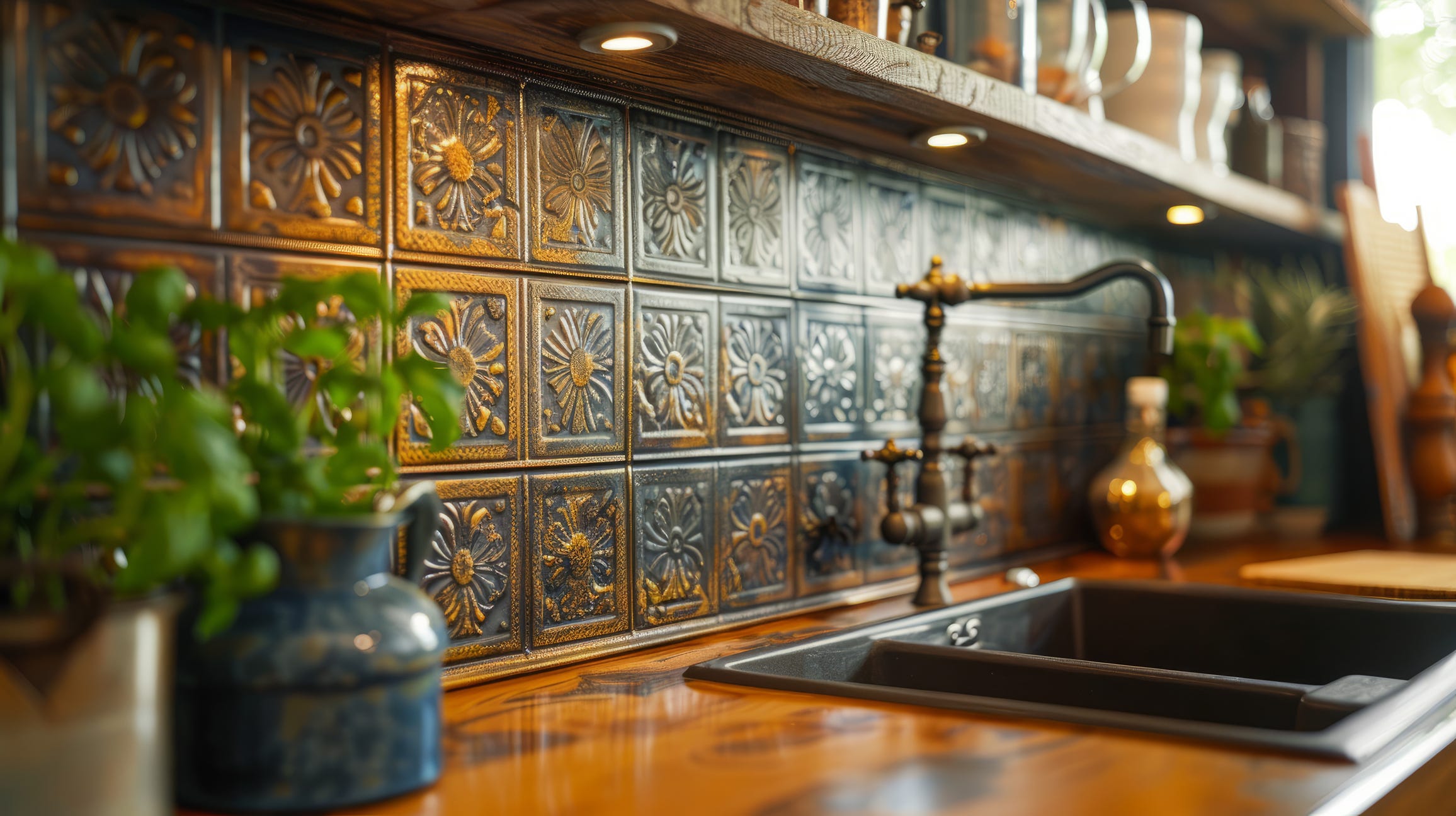

PART 1: How to tile a whole wall
1. Apply adhesive
Start by applying tile adhesive to the wall.
Using your notched trowel, scoop some adhesive and spread it on the wall at your starting point. Usually, this will be in the corner of two guide battens or at the bottom centre of the area.
Hold the trowel at about a 45° angle and comb the adhesive horizontally to create even ridges. These ridges will make sure there is an equal amount of adhesive behind each tile (which will, in turn, make it easier to get them all level).
Don't cover more than one square metre at a time to avoid adhesive hardening before you have the chance to place the tiles. (Remember that adhesive can skin over quickly, especially in warm rooms!)
TIP: It is essential to use the right adhesive for your tiles. Standard ready-mixed adhesive works for smaller ceramic tiles, but larger or porcelain tiles may require a stronger powdered adhesive.
2. Place the first tile
Now, take your first tile and press it onto the adhesive.
Begin at the bottom left-hand corner and press the tile firmly into the adhesive. To make sure it beds nicely, you can use a slight twisting motion or wiggle it). The goal is to have full contact between the tile back and the adhesive.
Once the first tile is up, place the next tile either above it or beside it (depending on whether you're going up in a column or along a row).
Again, push it in firmly so it's level with the first tile. As you apply each tile, excess adhesive will likely squeeze out the sides.
You can keep a bucket of warm water and a sponge nearby to remove this immediately. It's much easier to clean off adhesive now than after it hardens! (dried adhesive is very difficult to remove from the face of tiles)
3. Add tile spacers
With two or three tiles in place, it's time to insert tile spacers. These little plastic cross-shaped pieces will make sure you have consistent gaps (grout lines) between all the tiles.
After placing each new tile, place spacers at the corners where the tiles meet (usually, depending on the shape of the tiles, one spacer per corner touching all adjacent tiles).
TIP: Keep checking your spirit level every so often to make sure the tiles are not drifting off level or out of alignment as you add more.
If you notice any tile is a bit high or low, adjust it before the adhesive sets. You have a little working time while the adhesive is still soft.
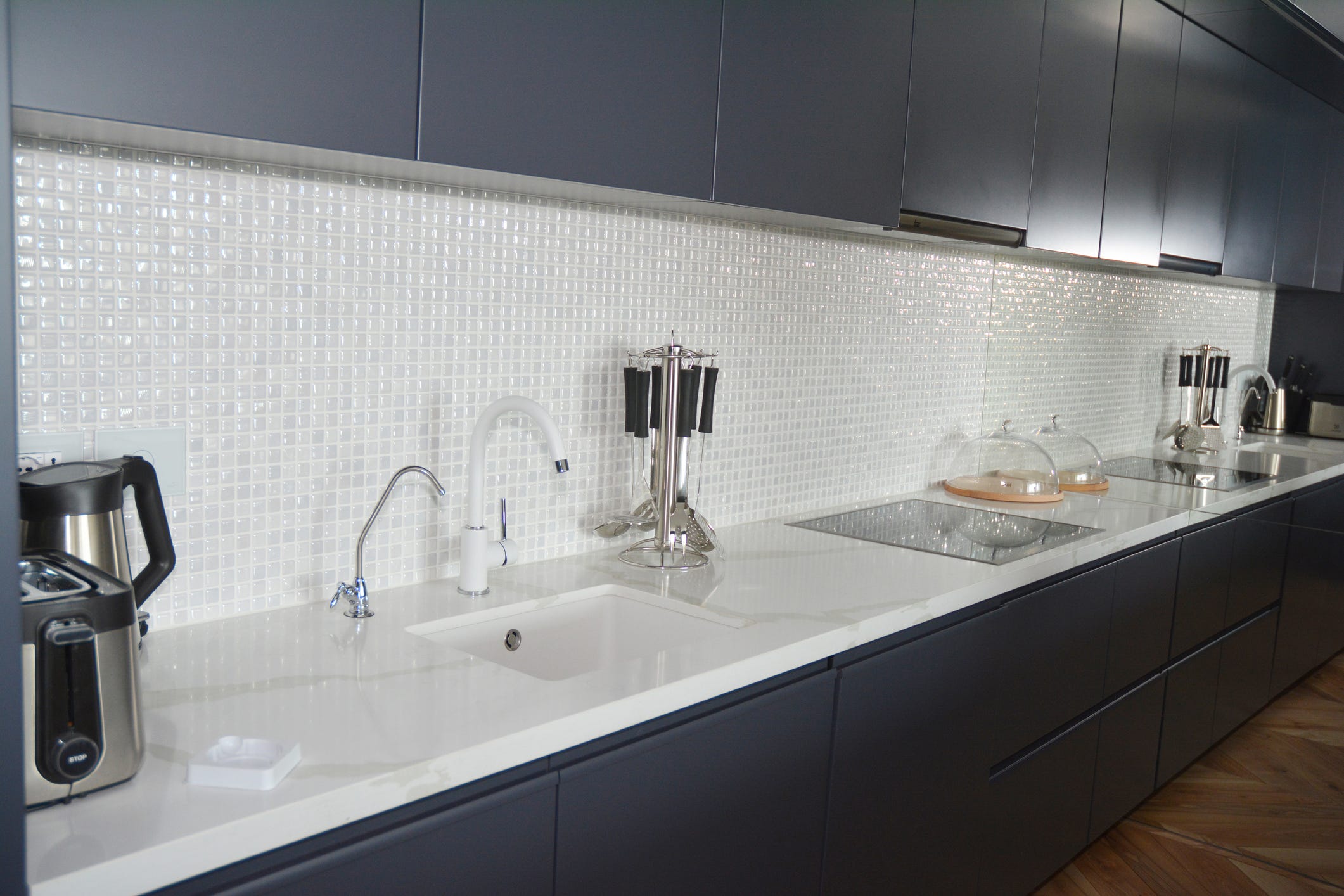

4. Place the rest of the tiles
Now that you know what you’re doing, it’s time to finish the job!
Continue spreading adhesive a section at a time and adding tiles. Work in manageable areas, applying adhesive to the next patch of wall (again, about a square metre at a time), then pressing on more tiles.
It's usually easiest to complete one row at a time or one section of the wall at a time that's covered with adhesive. Remember to keep putting spacers between all tiles as you go!
Once you’ve finished, letting the adhesive cure is essential. While it’s common to wait until the next day before assuming the tiles are fixed in place, consult the manufacturer’s instructions.
Now, you can remove any support battens by carefully prying them off (if nailed) and scraping away any dried adhesive that might be left along the first row. You should also pull out any protruding spacers.
PART 2: How to grout and finish tile walls
1. Start at the bottom left-hand corner
We recommend beginning the grouting process at the bottom-left of your tiled area and working your way up and across.
We know we’ve said this before, but before you begin, remove all the tile spacers if you haven't already, especially any that are sticking out at the edges or in corners. If left in place, they can interfere with the grout lines.
Then, scoop up some grout on a trowel or directly onto your grout float. Press a small amount of grout onto the face of the tiles in the bottom-left corner.
2. Use a grout spreader (quickly, before it dries!)
Take your grout spreader and use it to push and spread the grout into the joints between the tiles.
Hold the float at a slight angle and sweep it diagonally across the tile grid. (The diagonal motion helps pack the grout firmly into the gaps without the float scraping it back out).
Work in long strokes and make sure every joint is filled. As you spread, excess grout will smear on the tile surfaces: don’t worry, that’s normal (and we’ll come to it in the next step).
TIP: Don’t wait too long to clean off excess grout. If grout dries on the tile face, it can become very difficult to remove.
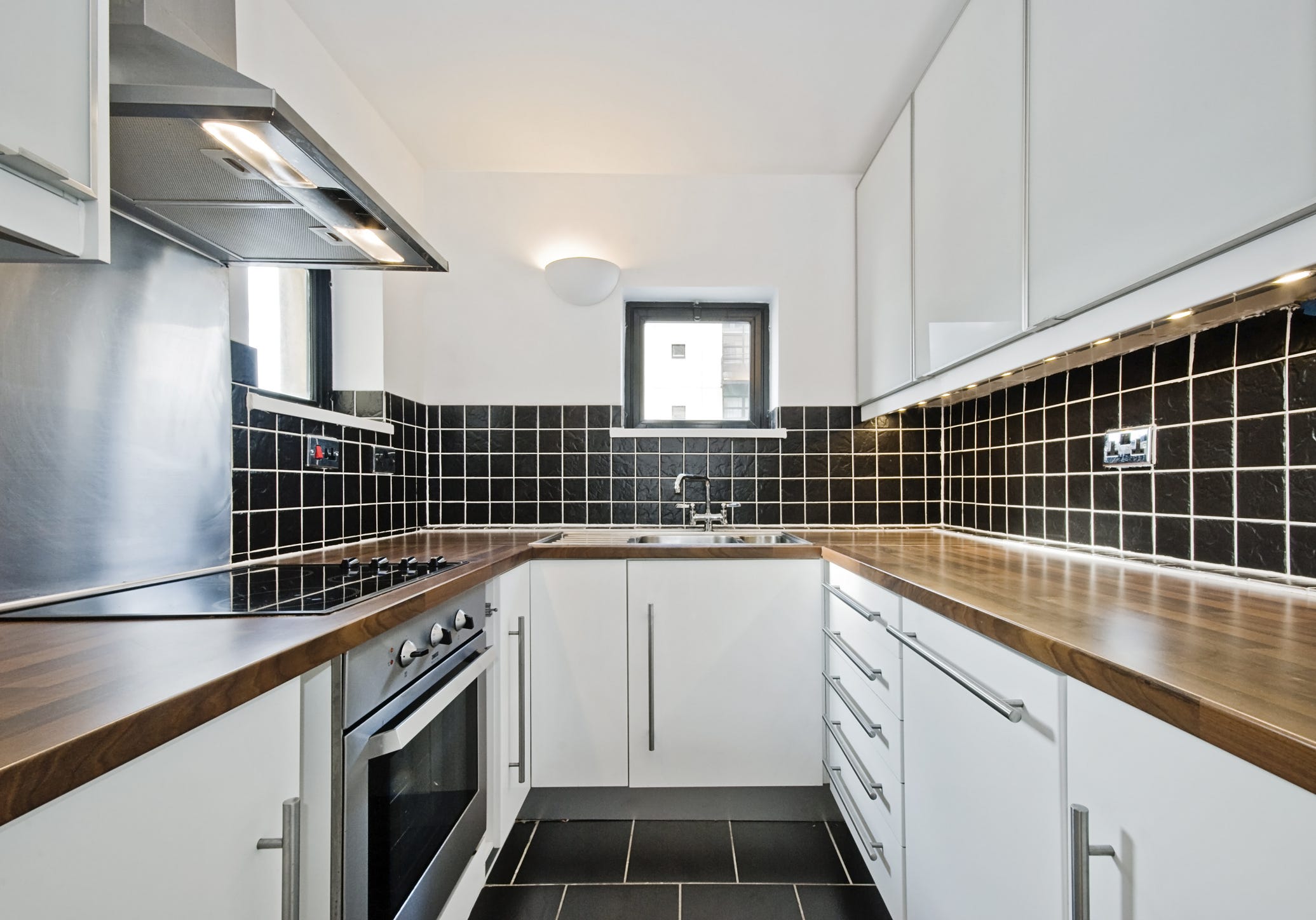

3. Go over tiles with a damp sponge
As soon as you’ve filled the joints for a section, take a damp sponge and gently wipe the surface. Rinse the sponge frequently and wring it out well each time, using light circular motions or broad swipes.
You'll likely need to rinse and wipe a few times, so be prepared to put in some elbow grease!
4. Leave to dry and wipe off the powdery film
Finally, let the grout cure (harden) as per the instructions on your grout package. As it dries, you may notice a whitish, powdery film (grout haze) appearing on the tile surfaces; this is normal.
Once the grout has sufficiently set (often after about 24 hours for full cure, but check the product), you can buff away that hazy film. Take a soft, dry cloth and wipe the tiles to polish off the powdery residue.
Shop for approved-used, pre-loved kitchens with Rehome!
With patience, the right tools, and, most importantly, expert guidance, anyone can learn how to tile a kitchen wall!
But if it’s entire kitchen refurbishments you’re looking for, we can also help. The UK’s number one Kitchen, Bedroom, Bathroom outlet is all about helping renovators create luxury homes for affordable prices.
We’ve got approved-used, pre-loved listings from top brands like Martin Moore, John Lewis of Hungerford and Eggersmann.

